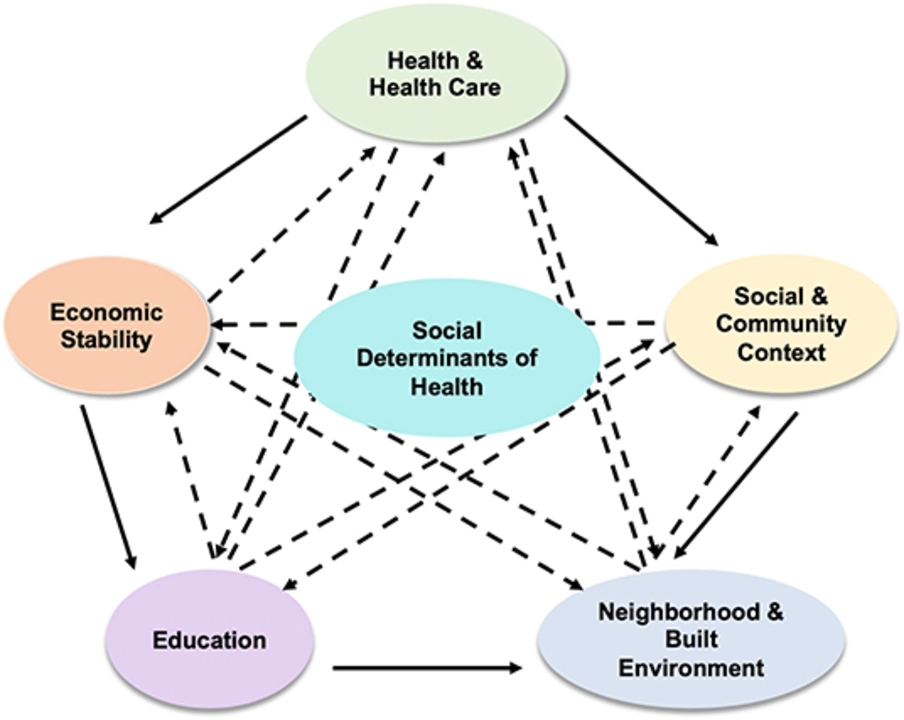Syphilis Testing: Simple Steps to Know Your Status
If you think you might have been exposed to syphilis or just want a clean bill of health, getting tested is easier than most people assume. You don’t need an elaborate medical background – a quick visit to a clinic or a home‑test kit can give you clear answers.
Where to Get Tested
Public health clinics, many primary doctors, and even some pharmacies now offer rapid syphilis tests that use a finger prick. If you prefer privacy, order an FDA‑approved home test online; it arrives in a discreet package, you collect a small blood sample, and send it back for lab analysis. Results usually come within 2–5 days.
What Happens During the Test
A standard syphilis screen looks at two things: a rapid point‑of‑care test that detects antibodies in minutes, and a more detailed blood draw (RPR or VDRL) sent to a lab for confirmation. The rapid test tells you if you’ve ever been infected; the lab test can tell whether the infection is active.
During the finger‑prick version, a health worker cleans your fingertip, presses a lancet, and places a drop of blood on a test strip. The strip changes color if antibodies are present. If you’re doing a home kit, follow the included instructions carefully – most kits have a prepaid envelope for sending the sample.
After the results come back, your provider will explain what they mean. A positive rapid test followed by a negative lab result usually means an old infection that’s already treated. A positive lab result means you need treatment right away, typically a single injection of penicillin.
Remember, syphilis is curable, and early treatment prevents serious complications. If you’re pregnant or have HIV, getting tested is even more critical because the disease can affect both you and your baby.
Finally, keep in mind that retesting after treatment is recommended – most doctors ask for a follow‑up test at 3 months and again at 6 months to be sure the infection is gone. Regular testing (every 6–12 months) is smart if you have new partners or engage in higher‑risk activities.
Bottom line: pick a convenient location, grab a rapid test or home kit, follow the steps, and get professional help if it’s positive. Knowing your status lets you act fast and stay healthy.

The Connection Between Syphilis Testing and Social Determinants of Health
As a blogger exploring the connection between syphilis testing and social determinants of health, I've discovered that factors such as education, income, and access to healthcare greatly influence the prevalence and management of syphilis. By addressing these social determinants, we can better understand the role they play in the spread and treatment of the disease. Encouraging early and frequent testing, especially in vulnerable populations, is crucial in preventing complications and reducing transmission rates. Additionally, providing education and resources to these communities can help break the cycle of this sexually transmitted infection. In conclusion, addressing social determinants of health is essential for effective syphilis testing and management.